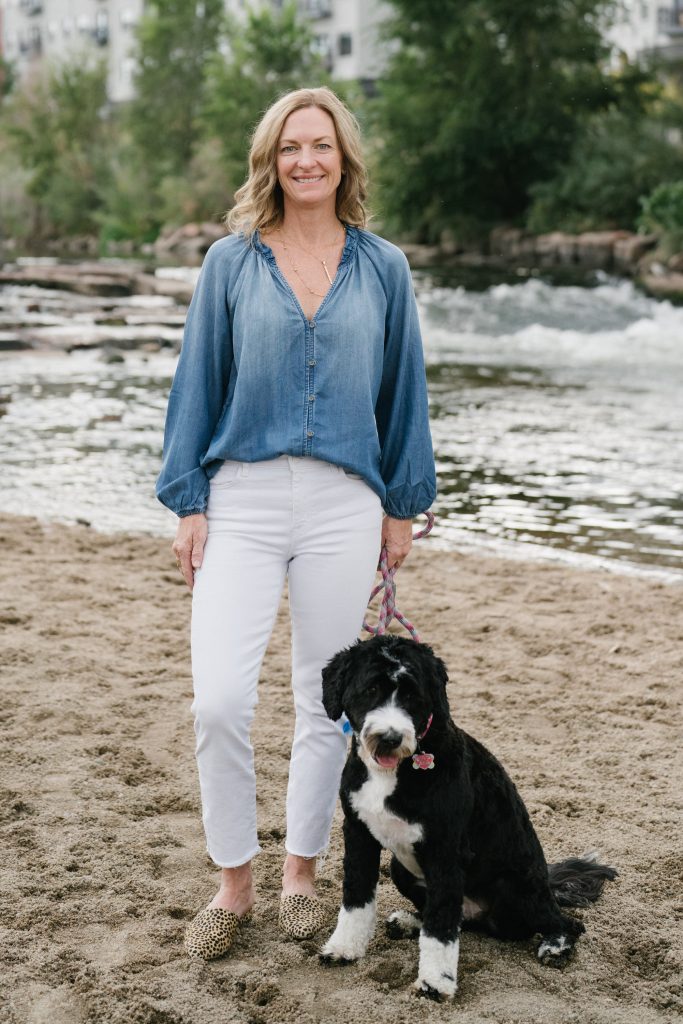Have you ever thought about why one yoga class might “feel” better in your body than another? Chances are it has everything to do with how the instructor builds his or her class, and the thoughtful sequence of yoga postures included. A smart and purposeful yoga sequence, along with a great theme, good music, and intentional verbal cues is critical to a positive experience for the student.
While there are as many great classes as there are yoga teachers, vinyasa classes often follow a format similar to this:
- Grounding (5-10 minutes)
- Warm-Up/Integration (10-15 minutes)
- Sun/Moon Salutations (15 minutes)
- Standing/Balancing Postures (15 minutes)
- Seated/Supine Postures (10 minutes)
- Savasana (5-10 minutes)
This loose framework provides a great basic structure for class. Creativity comes into play as the instructor begins to develop the yoga sequence, which will determine how the class will feel in your body.
Choosing your peak posture
Many yoga instructors, myself included, like to pick a peak posture for class and then build their yoga sequence backward from there. Keep in mind, any posture can be your peak pose, it’s not necessarily the most difficult posture of the class although it certainly can be. Selecting a peak pose for your yoga sequence allows you to slowly and methodically build toward that posture so that by the time you arrive, your body and mind are fully prepared.
Understanding the supporting muscles
The key to getting your students into the peak posture is to fully understand the supporting muscles necessary to do so. Which muscles need to be open and flexible for the pose? Which muscles need to be strong and stable? An experienced yoga teacher will take the supporting muscles into account when building their yoga sequence. This helps ensure that your body is sufficiently warmed up and ready for the peak posture.
The next time you are able to get into a challenging pose with relative ease, consider the yoga sequence that preceded it so you can better understand what muscle groups were strengthened and/or opened in order to help you land in the peak pose! This will give you greater insight into your own physiology and give you ideas of what to work on in your home practice.
Creating a theme
A great yoga sequence is essential to a good class but so is a relevant theme. The theme can be literally anything and you can draw on the time of year, personal experience, current events, weather, yoga philosophy, and more to create your theme. A good theme has the ability to inspire, generate insight, and provide fodder for reflection. The synergy of breath, asana, and intention always creates a memorable class experience.
A great tool for cultivating inspiring words that feel authentic and fresh is Dream Weaver, by Michelle Marchildon, and is something we use in Yoga Teacher Training (YTT) at Ohana. Even if you don’t intend to teach yoga, YTT is a great way to deepen your personal practice and learn all the nuances behind designing a great yoga class!
Putting it all together
Music helps us clear our minds so we can be more present with ourselves and with one another, so it stands to reason that music is a huge part of creating a killer yoga sequence. In a vinyasa flow class, which focuses on linking breath with movement, the musical soundscape helps enhance the overall experience. However, creating a playlist that mirrors your yoga sequence is critical. In a single class, your music will likely need to range from motivational and inspirational to reflective and relaxing.
Once you have your theme, playlist, and yoga sequence nailed down, it’s time to practice. I always “take” the yoga class I’ve planned before teaching it. This way I can ensure the transitions are smooth, the music supports my flow, and my theme is woven together seamlessly.
Remember to set the tone for your class by creating the right atmosphere for your students. Your class starts the moment you greet your students at the door. Be present, positive, approachable and most of all have fun! Teaching yoga is a blast and your love of teaching should be reflected in your class.

Erin Entlich is a certified yoga instructor, personal trainer, holistic health coach, and writer. She believes doing good starts with feeling good, which is why she loves helping people weave movement, mindfulness, and healthy eating into their daily lives. Find out more at www.erinentlich.com.